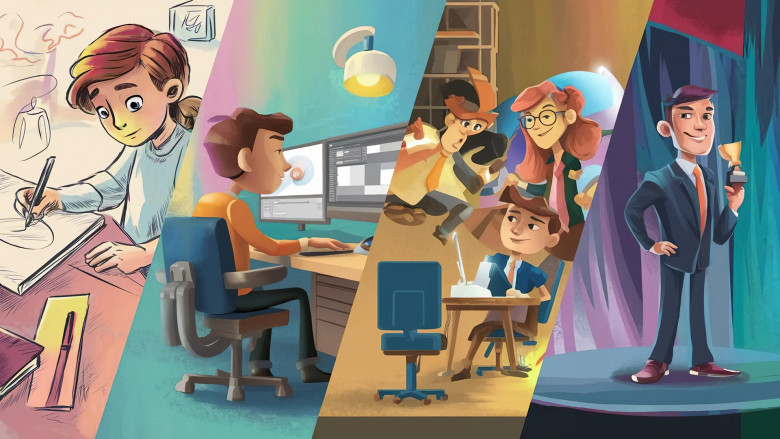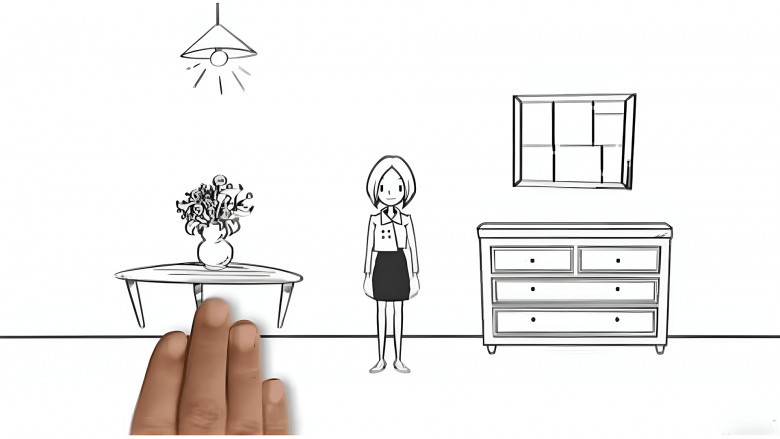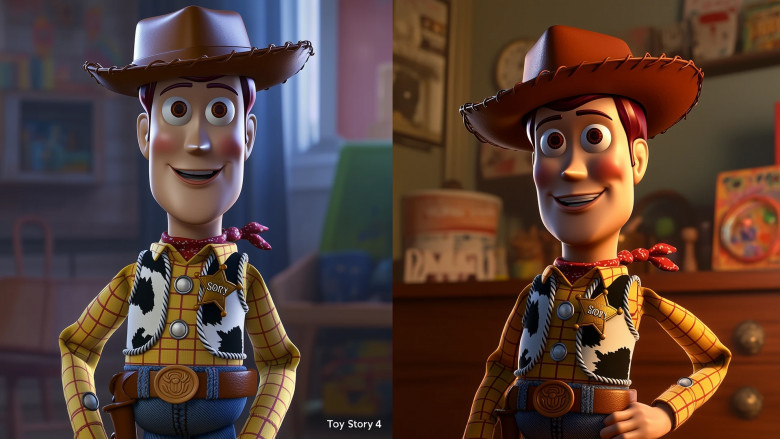views
Factors that influence animation cost
There are a multitude of factors that can influence the final price tag of bringing those vibrant characters to life on screen. Let's explore them:
Length of Animation:
Longer animations usually cost more, though not always in direct proportion. Many costs are upfront, and great storytelling can often be short and effective.
Style and Complexity:
The style of animation does matter. Some common ones include:

It is known for its simplicity and often has a charming, cute appeal. In most cases, it’s also more cost-effective than 3D animation.
-
3D Animation:
Characters and objects are created within a three-dimensional space. Due to its complexity, 3D animation is generally more expensive.
-
Stop-Motion Animation:
This is a highly labor-intensive technique that involves animating objects or characters frame by frame. The cost varies depending on the level of intricacy.
-
Motion Graphics:
A blend of graphic design and animation, it typically results in visually engaging content and is commonly used in explainer videos.

Featuring hand-drawn illustrations on a white background, this technique is primarily used for creating educational videos.
Average cost range for 2D animation per minute
So, how much should you budget for 2D animation? Prices typically range from $1,000 to $10,000 per minute, depending on skill level, project complexity, style, and detail. High-end studios will cost more, but talented freelancers and smaller studios can provide quality work at a more affordable price. Just remember, you get what you pay for in animation!
Average cost range for 3D animation per minute
Another common question is the cost range for 3D animation per minute. On average, high-quality 3D animation can cost between $10,000 and $100,000 per minute, depending on factors like complexity, quality, and the animators' experience. Remember, you get what you pay for. If you're aiming for Pixar-level magic, be prepared to pay top dollar. Otherwise, go budget and you might end up with something more suitable for a late-night infomercial. The choice is yours!
Additional costs to consider in animation production
Animation production may feel like a world of wizards and queens, but it's also full of hidden costs—voice acting, music licensing, special effects, and more. The price can skyrocket quickly.
Post-production expenses like editing and color correction can sneak up unexpectedly too.
Before jumping into animation, make sure your budget is locked and loaded, because overruns will hit when you least expect it—faster than you can say, 'Lights, camera, action!
Older advice on how to reduce the cost of animation
The dreaded question all producers face: how can animation costs be reduced? Efficiency is key. Start by clearly planning your project from the get-go, setting objectives and goals early. Strong team communication is vital to avoid costly missteps. And consider cost-saving options like reusing elements and opting for simpler character designs where possible.
By following these tips, you can trim production costs without sacrificing quality. Don’t let unnecessary expenses eat into your budget!
Examples of well-known animated projects and their costs

Pixar’s Toy Story was produced in 1995 for $30 million, while Toy Story 4 in 2019 cost $200 million. Both films were box office hits.
This shows that while animation can be costly, it remains highly profitable for studios. As a result, the number of animated films has risen, and competition has increased, with more investors eager to back high-return projects. Studios now invest more money and resources to ensure the success of their animated films.
The evolution of Pixar - Toy Story (1995) cost $30 million while Toy Story (2019) had a budget of $200 million.






















Comments
0 comment